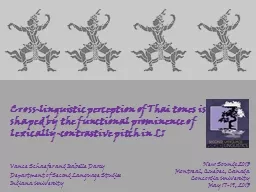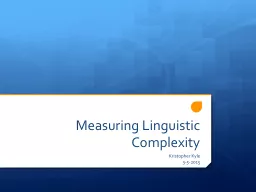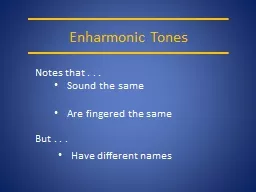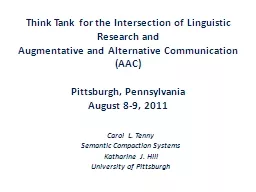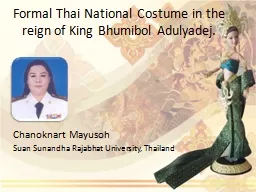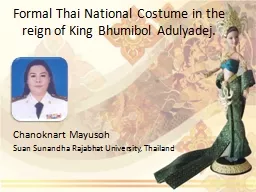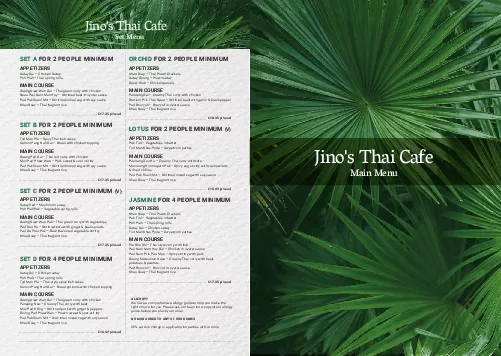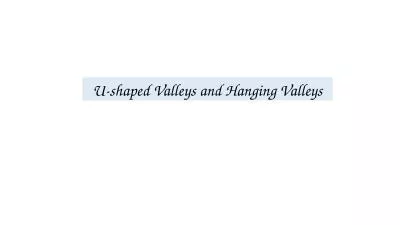PPT-Cross-linguistic perception of Thai tones is shaped by the
Author : alexa-scheidler | Published Date : 2016-05-23
Vance Schaefer and Isabelle Darcy Department of Second Language Studies Indiana University New Sounds 2013 Montreal Quebec Canada Concordia University May 1719
Presentation Embed Code
Download Presentation
Download Presentation The PPT/PDF document "Cross-linguistic perception of Thai tone..." is the property of its rightful owner. Permission is granted to download and print the materials on this website for personal, non-commercial use only, and to display it on your personal computer provided you do not modify the materials and that you retain all copyright notices contained in the materials. By downloading content from our website, you accept the terms of this agreement.
Cross-linguistic perception of Thai tones is shaped by the: Transcript
Download Rules Of Document
"Cross-linguistic perception of Thai tones is shaped by the"The content belongs to its owner. You may download and print it for personal use, without modification, and keep all copyright notices. By downloading, you agree to these terms.
Related Documents

